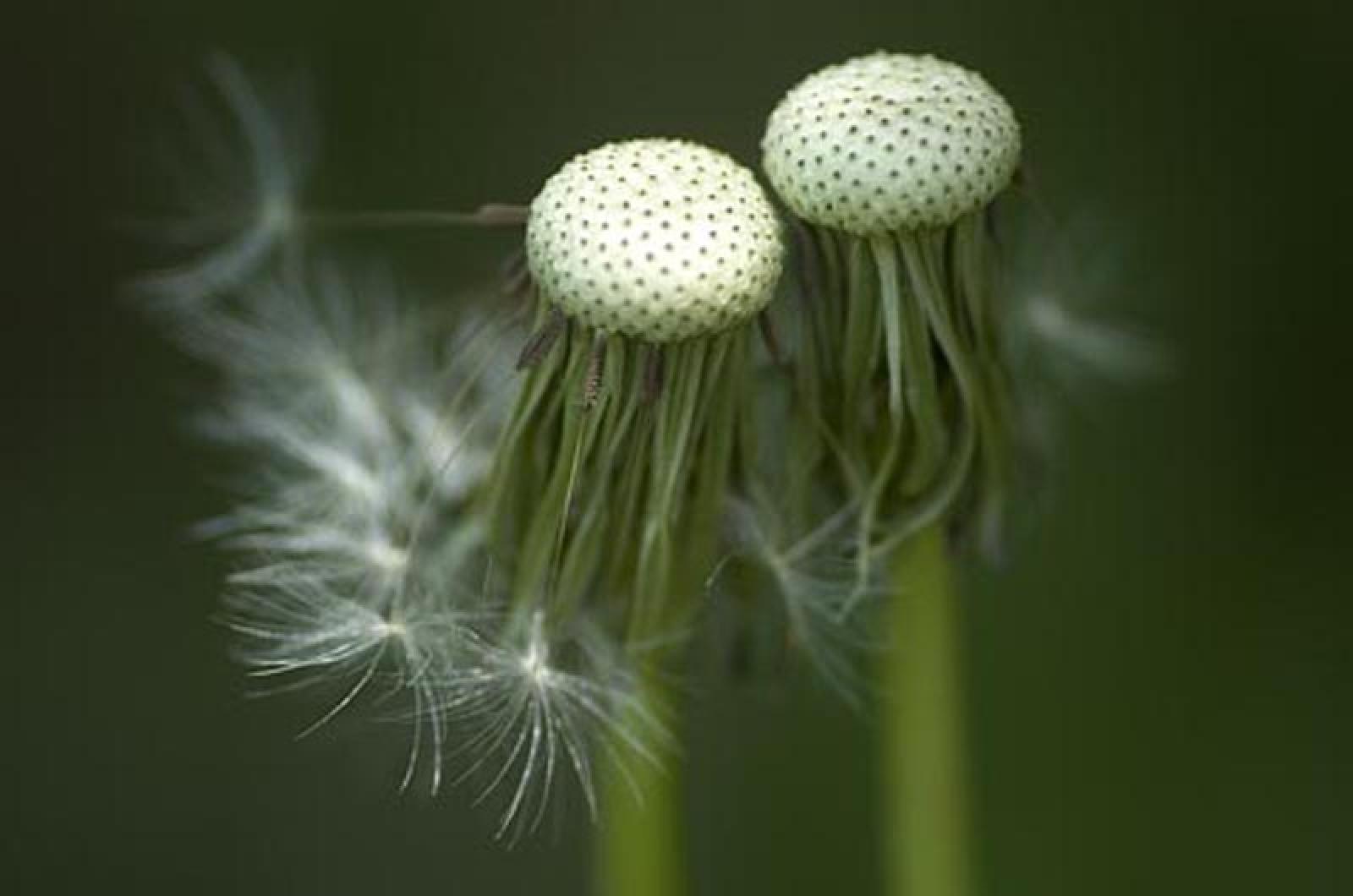If it’s true that the way to a man’s heart is through his stomach, I have a perfect plan to keep my man smitten.
Food is fine, but sometimes beer is better and the best brew by far (in the opinion of my expert) is stout. Stout is a type of beer known for its dark color and strong flavor, and I have found a perfect recipe to celebrate spring and create a satisfying stout for my sweetheart.
Dandelions are the secret ingredient. These little yellow flowers that everyone can easily identify are quite controversial. American clergyman Henry Ward Beecher enjoyed them, suggesting they are “golden kisses all over the cheeks of the meadows.”
On the flip side, much time and energy is expended trying to get rid of these buttery blossoms. This proverb captures the contradiction: “When you look at a field of dandelions you can either see a hundred weeds or a hundred wishes.”
I definitely see wishes in that field; wishes for stout. My inspiration comes from Mrs. M. Grieves’ 1931 publication, A Modern Herbal: The Medicinal, Culinary, Cosmetic and Economic Properties, Cultivations, and Folk-Lore of Herbs, Grasses, Fungi, Shrubs and Trees with Their Modern Scientific Uses.
In it, Mrs. Grieves illuminates spirited uses for those plentiful plants, “The dried Dandelion leaves are also employed as an ingredient in many digestive or diet drinks and herb beers. Dandelion Beer is a rustic fermented drink common in many parts of the country and made also in Canada. Workmen in the furnaces and potteries of the industrial towns of the Midlands have frequent resource to many of the tonic Herb Beers, finding them cheaper and less intoxicating than ordinary beer, and Dandelion stout ranks as a favourite.”
The dandelion stout recipes I found use either (and sometimes both) the leaves or the roots of the plant. While the roots can be harvested all year, the leaves are best in early spring when they are the most tender and the least bitter.
Drinkers of this brew will not only be pleased, they will also be healthy. Dandelion leaves are especially known for their nutritional value, having more vitamin C than most greens we regularly eat and containing significant amounts of vitamin A. The roots are employed as a coffee substitute, providing all of the kick with none of the caffeine of the more common morning drink.
And this plant will also cure anything else that afflicts you. The scientific name for dandelion, Taraxacum officinale, roughly translates to “the official remedy for disorders.” It is known to help ailments of the liver and kidneys, settle the stomach, ease gallstones, prevent jaundice and remove warts when used topically.
Even with all of those benefits, I know that the easiest way to get my husband to consume this terrific tonic is in liquid form — by swallowing that dandy libation!
With his newfound vigor, my reward might just be a delicious dandelion kiss.
Suzan Bellincampi is director of the Felix Neck Wildlife Sanctuary in Edgartown. Her first book, Martha’s Vineyard: A Field Guide to Island Nature, is due out in June.




Comments
Comment policy »